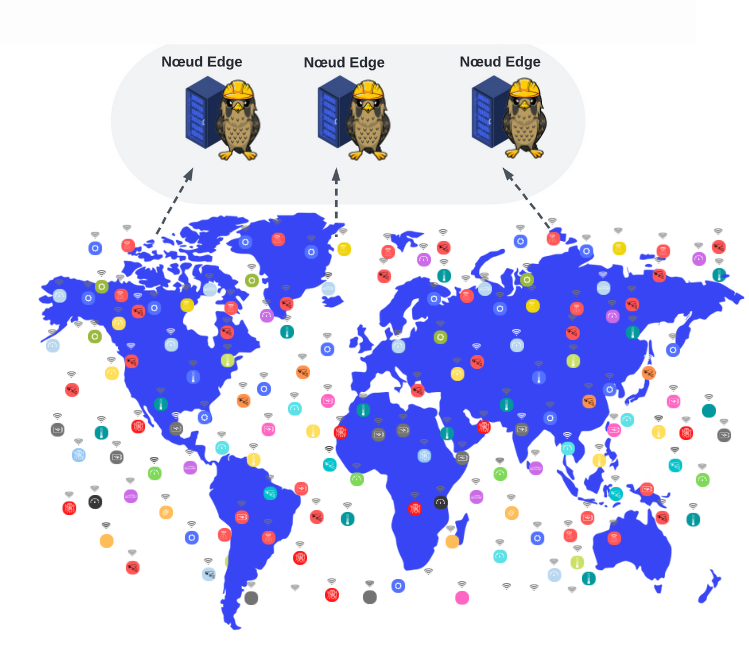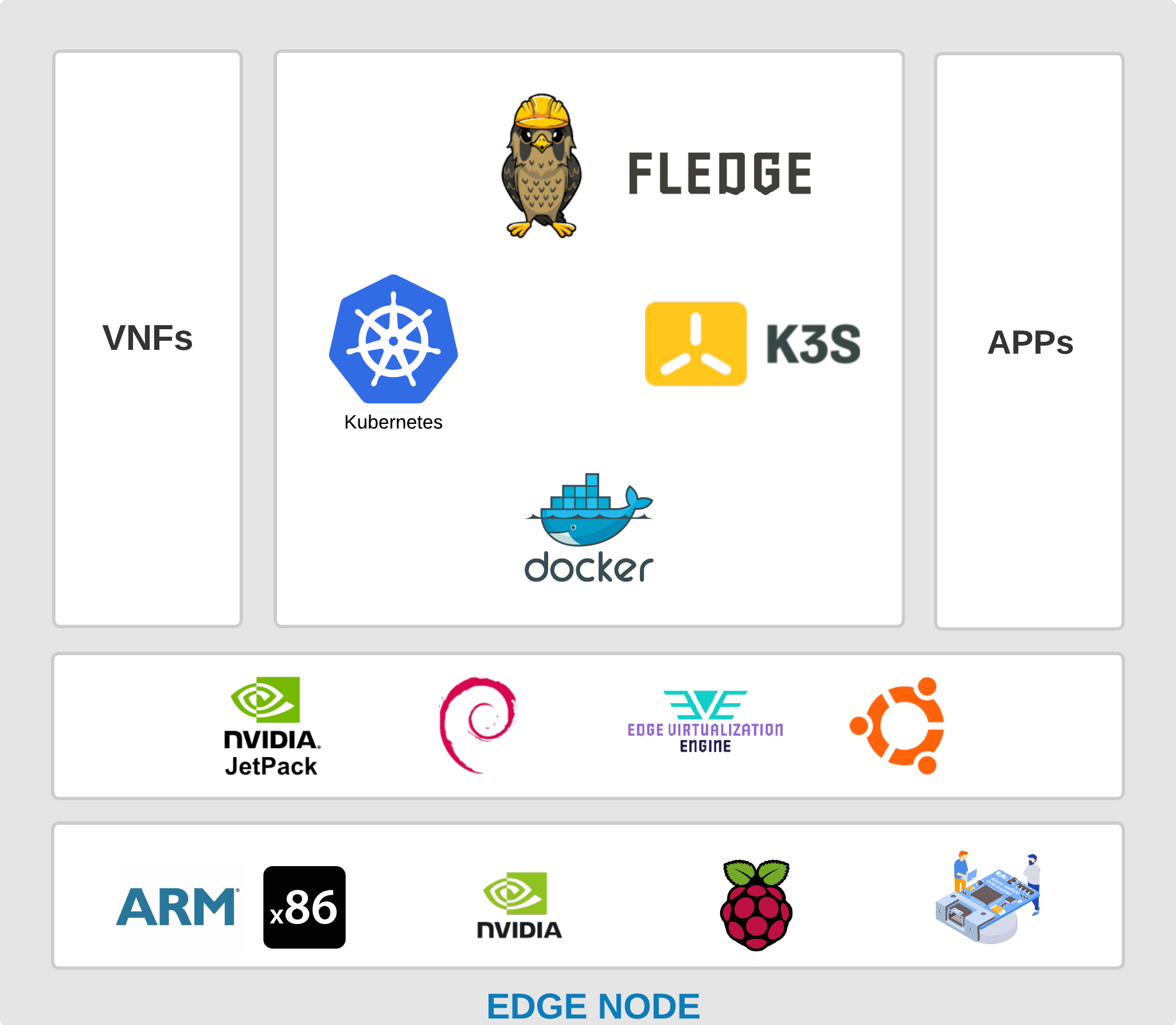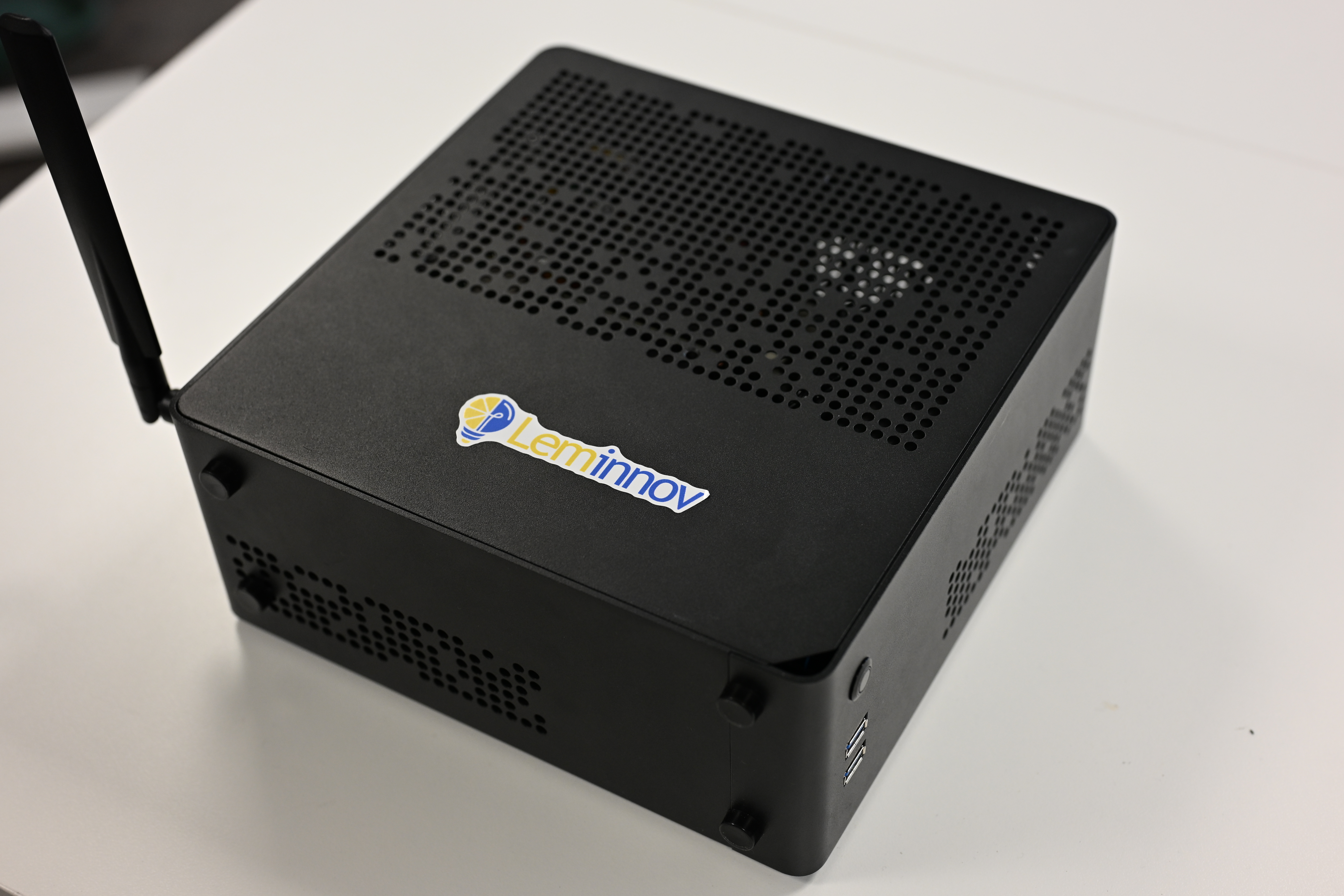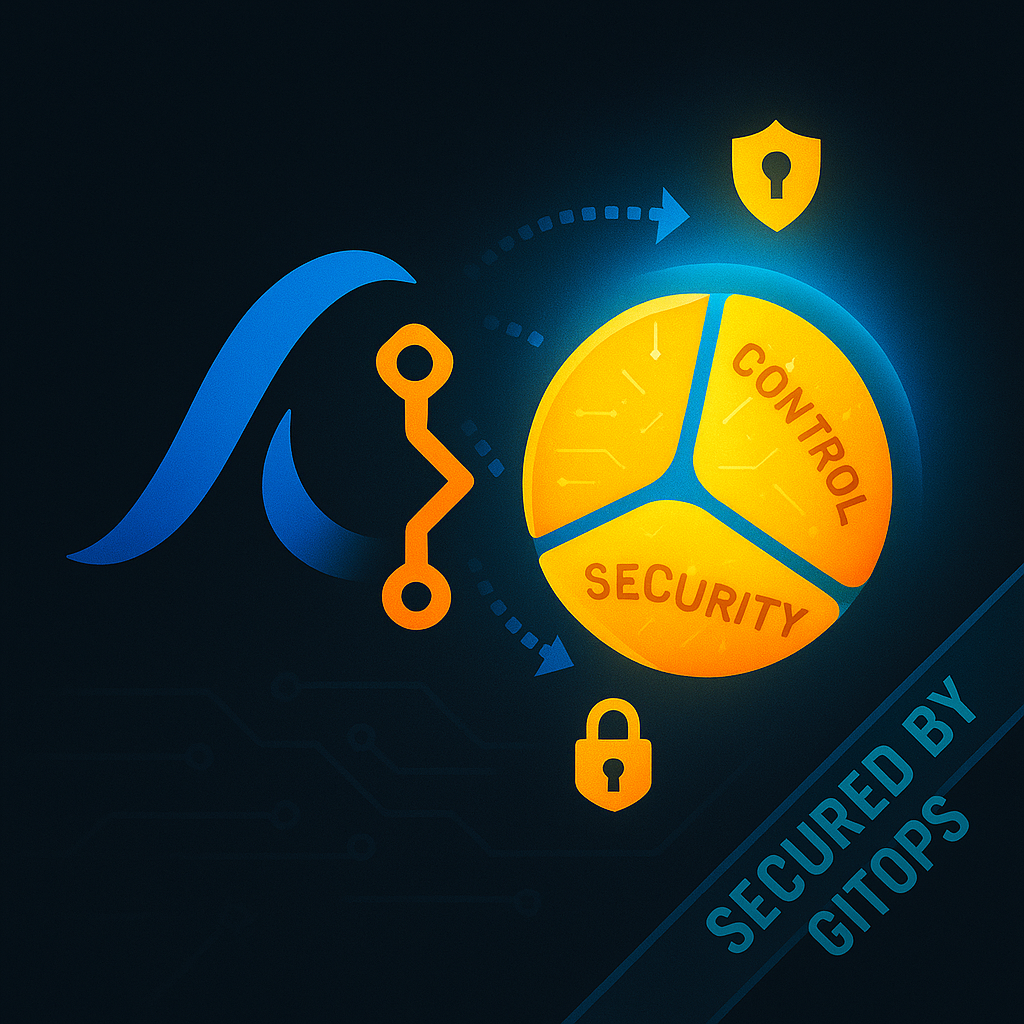With the exponential growth of IoT devices, real-time data processing at the Edge has become essential. However, managing numerous sensors and deployments manually is increasingly complex. Scalable Edge solutions are needed to collect, process, and transmit data locally.
The Fledge framework is an open-source project licensed under the Apache v2 license and governed by the Linux Foundation Edge (LF Edge)—an organization dedicated to establishing an open and interoperable framework for Edge Computing, regardless of hardware, cloud platform, or operating system.

Linux Foundation
By bringing together industry leaders, LF Edge creates a unified framework of hardware and software standards and promotes best practices to support current and future generations of IoT and edge devices.
LEMINNOV is a Gold Partner of the Linux Foundation, actively contributing to the advancement of open-source edge technologies and fostering innovation in next-generation industrial IoT solutions.
Fledge architecture

Architecture Overview
- Fledge is composed of microservices (blue) and plugins (green).
- Microservices can run locally or across distributed environments.
- Plugins are lightweight modules written in Python (quick development) or C++ (high performance) to extend functionality.
Core Components
1.South Service
- Connects to edge devices (sensors, actuators).
- Runs continuously to collect data.
2.North Service
- Sends data to external systems (cloud, other Fledge instances).
- Can run as periodic tasks or permanent services.
3.Filters
- Modify data streams.
- Used at input (South) or output (North).
- Example filters: Expression, FFT & Rate…
4.Storage Layer
- Stores system configuration and temporary sensor data.
5.Event Engine
- Uses Rules to detect thresholds and trigger Actions (e.g., email, Slack, script).
6.REST API
- Provides access for management, integration, and device interaction.
7.Fledge Core
- Central controller with:
- Scheduler
- Configuration Management
- Monitoring
- Backup
- Audit Logging
- Certificate Management
- User Management
- Asset Browsing
8.GUI
- Local web interface to monitor and manage the system.
- Interfaces fully via REST API.
Key Benefits
- Modular & reusable
- Easy to maintain and extend
- Highly flexible (e.g., adding a sensor = adding a plugin)
Portability of Fledge
The Fledge solution is highly compatible with various operating systems and hardware architectures. It can be deployed using Docker or on Kubernetes clusters, and is particularly well-suited for deployment on K3s clusters, which are optimized for Edge devices.

His flexibility allows Fledge to run efficiently across a wide range of environments, making it an ideal choice for diverse IoT and Edge Computing scenarios.
Rancher as multi-cluster management
A multi-cluster deployment involves running multiple Kubernetes clusters that are logically isolated but can interact with one another. These clusters can reside in different environments, such as on-premises, in the cloud, or even across geographical regions. The goal of a multi-cluster setup is often to enhance resilience, increase scalability, and achieve fault tolerance by distributing workloads across different clusters. In the case of K3s, the lightweight nature of the Kubernetes distribution makes it well-suited for edge, IoT, and even remote regions where a traditional Kubernetes setup might be too resource-intensive.
Rancher enables multi-cluster management through its centralized control plane, allowing administrators to manage multiple Kubernetes clusters from a single interface which is perfect for multiple k3s cluster deployed on multiple edge devices.

Conclusion
Combined with Rancher for multi-cluster management, the platform delivers a hardware-agnostic, cloud-neutral way to deploy resilient, real-time analytics across diverse environments. In short, Fledge turns the complexity of edge deployments into a flexible, open-source advantage—paving the way for faster innovation, easier integration, and future-proof industrial IoT solution




